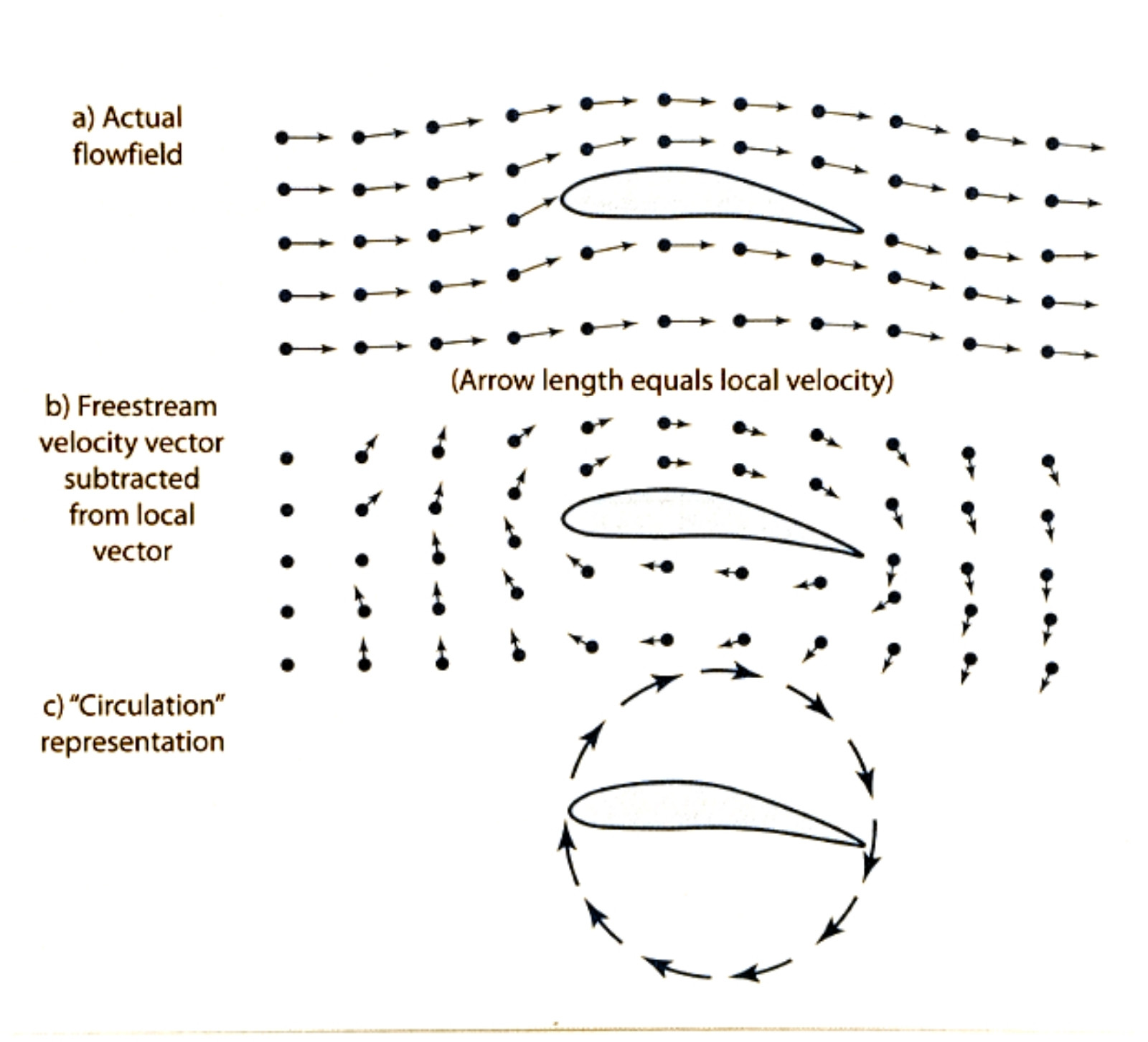There is also downwash along the entire surface of the bottom of the wing.
This (action/reaction) lift is what you have left when the upper wing stalls.
"Bottom lift" comes at a higher drag price. More efficient "top lift" can be had at higher airspeeds and lower angles of attack. Essentially, this is why Vbg is faster than Vmin sink.
Regarding "induced drag", one might posit that, since we define Total drag coefficient as Cdo + Cdi, why not call induced drag that which comes from increasing Angle of Attack relative to the freestream. With airplanes, we generally do this to create lift.
So one can conceive induced drag from a 2D diagram either as a single vector resulting from raising AoA, or a decomposition to drag and lift.
Further study of Lift and Drag and their relationships at various AoA is highly recommended at airfoil tools on the web.


